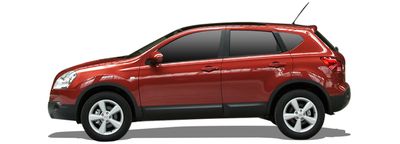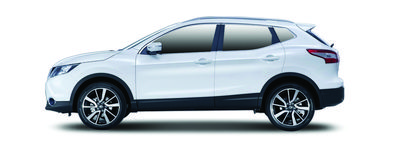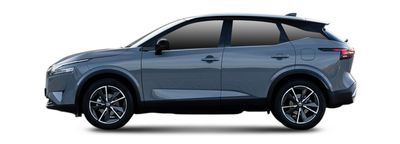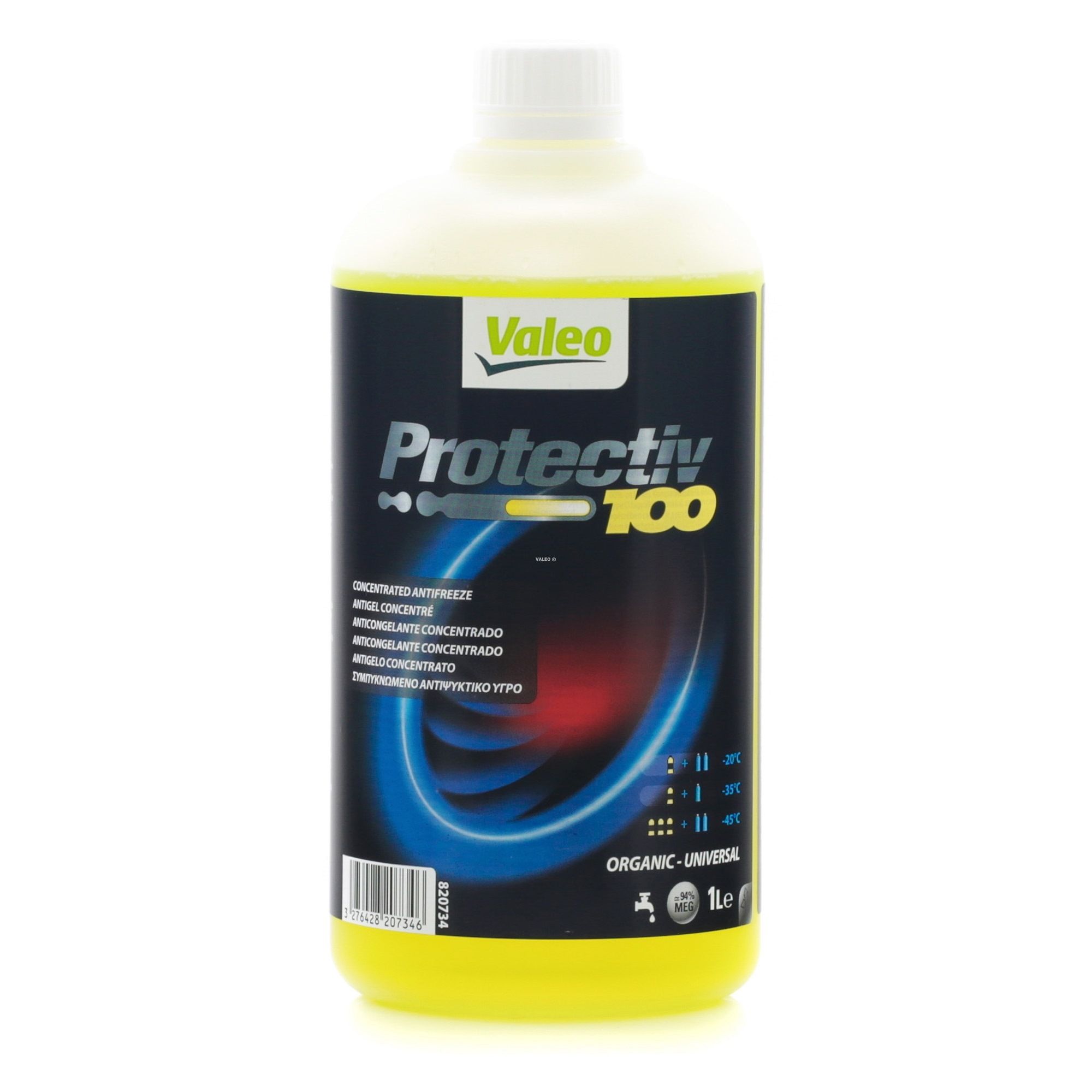Table of Contents
Nissan Qashqai engines
Since its market launch in 2007, the Nissan Qashqai has significantly shaped the crossover segment and offers a diverse range of Nissan Qashqai engines across three generations. The technological development ranges from proven naturally aspirated engines to modern e-Power hybrid drives, each with different strengths and weaknesses.

Nissan Qashqai Generation I (2007-2013)

The first Nissan Qashqai generation established the crossover concept and relied on proven but technically simple engine technology. With proper maintenance, the mileage reached a respectable 250,000 to 350,000 kilometers, whereby the Nissan Qashqai diesel engines were generally more durable than the petrol engines. Major repairs were usually due between 150,000 and 200,000 kilometers, especially for the CVT transmissions of the petrol versions. The absolute top engine of this generation was the 2.0 dCi with 150 hp, which optimally combined power, reliability and moderate consumption values. The generation competed successfully with the VW Tiguan and Honda CR-V, with the Nissan Qashqai scoring points with its innovative design and higher seating position.
Nissan Qashqai petrol engines: Generation I (2007-2013)
The Nissan Qashqai petrol engine range mainly comprised naturally aspirated engines without turbocharging. The 1.6-liter petrol engine with 84 kW (114 hp) was the entry-level engine and offered solid everyday performance, but suffered from high fuel consumption and weak pulling power. The most powerful Nissan Qashqai petrol engine was the 2.0-liter with 104 kW (141 PS), which was available from 2008. Both engines were coupled with the problematic CVT (Continuously Variable Transmission) gearbox, which frequently failed between 120,000 and 180,000 kilometers. The Nissan Qashqai petrol engines themselves proved to be robust but thirsty - consumption figures of 8-10 liters per 100 km were not uncommon.
Nissan Qashqai diesel engines: Generation I (2007-2013)
The Nissan Qashqai diesels were dominated by the 1.5 dCi with 78 kW (106 hp), which was regarded as an economical and reliable entry-level diesel. The high point, however, was the 2.0 dCi with 110 kW (150 PS), which became available from 2008. These Nissan Qashqai dCi engines came from the Renault-Nissan alliance and proved to be exceptionally durable. The 2.0 dCi combined common-rail injection with turbocharging and achieved fuel consumption figures of just 5.8-6.5 liters per 100 km. Typical weak points were only the turbocharger after high mileage and occasional problems with the particulate filter when driving exclusively in town.
| Nissan Qashqai engine | Power output | Fuel consumption | Typical weaknesses | Rating |
|---|---|---|---|---|
| 1.6 petrol engine | 114 HP | 8.2-9.5 l/100km | CVT gearbox, high fuel consumption | Average |
| 2.0 petrol engine | 141 HP | 8.8-10.2 l/100km | CVT transmission, thirsty | Moderate |
| 1.5 dCi | 106 HP | 5.5-6.2 l/100km | Occasional turbocharging | Good |
| 2.0 dCi | 150 HP | 5.8-6.5 l/100km | Very robust, economical | Very good |

Nissan Qashqai Generation II (2014-2021)

The second Nissan Qashqai generation brought a significant modernization of the engine range and introduced turbo petrol engines for the first time. Mileage improved to between 300,000 and 400,000 kilometers for the diesels, while the new turbo petrol engines reached between 200,000 and 300,000 kilometers. Major repairs were usually due between 180,000 and 250,000 kilometers, with the CVT transmissions continuing to be the main weak point. The absolute highlight was the 1.6 dCi with 130 hp, which perfectly balanced efficiency and performance. This generation successfully positioned itself against the revised VW Tiguan and the new Mazda CX-5, with the Nissan Qashqai impressing with its improved space and modern equipment.
Nissan Qashqai petrol engines: Generation II (2014-2021)
The Nissan Qashqai petrol engine range was completely revised and now mainly comprised turbo engines. The 1.2 DIG-T with 85 kW (115 PS) was the new entry-level engine with direct injection and turbocharging. It was later joined by the 1.3 DIG-T with 103 kW (140 PS) and 117 kW (160 PS), which replaced the 1.2 DIG-T from 2018. These Nissan Qashqai turbo engines offered significantly better driving performance than their predecessors, but suffered from typical turbo problems such as coking of the intake valves and occasional turbocharger damage. The 1.3 DIG-T with 160 hp developed into the best petrol engine of this generation, but was still coupled with the problematic CVT transmission, which frequently caused problems between 150,000 and 200,000 kilometers.
Nissan Qashqai diesel engines: Generation II (2014-2021)
The Nissan Qashqai 1.5 dCi was continued with 81 kW (110 PS), supplemented by the new 1.6 dCi with 96 kW (130 PS). From 2017, a more powerful 1.7 dCi variant with 110 kW (150 PS) was also added. All Nissan Qashqai diesels had modern common-rail injection with SCR catalytic converter and particulate filter to meet the Euro 6 standard. The 1.6 dCi with 130 hp proved to be the most reliable and efficient engine of this generation, with a test consumption of only 4.2-4.8 liters per 100 km and excellent long-term quality. The Nissan Qashqai dCi engines were only available with manual transmissions, which significantly increased their reliability.
| Nissan Qashqai engine | Power output | Fuel consumption | Typical weaknesses | Rating |
|---|---|---|---|---|
| 1.2 DIG-T | 115 HP | 6.8-7.5 l/100km | CVT gearbox, valve coking | Average |
| 1.3 DIG-T | 140-160 HP | 6.5-7.2 l/100km | CVT transmission, turbocharger | Moderate |
| 1.5 dCi | 110 HP | 4.5-5.1 l/100km | Robust, proven | Good |
| 1.6 dCi | 130 HP | 4.2-4.8 l/100km | Very efficient and reliable | Very good |
| 1.7 dCi | 150 HP | 4.8-5.4 l/100km | Powerful, economical | Good |

Nissan Qashqai Generation III (2021-today)

The current Nissan Qashqai generation marks a radical shift towards electrification and introduces innovative e-Power technology. All engines are now electrified, with the mild hybrid variants promising a service life of over 300,000 kilometers. As the generation has only been on the market since 2021, there is no long-term experience yet, but the initial tests show promising approaches. The absolute top-of-the-range engine is the e-Power drive with 190 hp, which combines the efficiency of an electric car with the range of a combustion engine. This generation competes directly with the Toyota C-HR Hybrid and the VW Tiguan eHybrid, whereby the Nissan Qashqai has a unique selling point thanks to its innovative e-Power technology.
Nissan Qashqai mild hybrid petrol engine: Generation III (2021-today)
The basis of the Nissan Qashqai engine range is the 1.3 DIG-T with 12-volt mild hybrid technology in two power levels: 103 kW (140 PS) and 117 kW (158 PS). These Nissan Qashqai engines have an integrated starter-generator that assists with starting and accelerating. The 1.3 DIG-T with 158 hp is considered to be particularly successful and is developing into the best conventional engine of this generation - it offers smooth power delivery and has become significantly more reliable with the new Xtronic CVT transmission. The mild hybrid technology reduces fuel consumption by around 0.5 liters per 100 km compared to its predecessors.
Nissan Qashqai e-Power hybrid drive: Generation III (2021-today)
The heart of the new generation is the innovative e-Power drive with 140 kW (190 PS) system output. This Nissan Qashqai e-Power combines a 1.5-liter petrol engine as a generator with a 140 kW electric motor for propulsion. The special feature: The gasoline engine never drives the wheels directly, but only charges the battery. As a result, the Nissan Qashqai e-Power always drives electrically, with the range of a combustion engine. Consumption is only 4.3-4.8 liters per 100 km, while driving performance is sporty. Initial experience shows a high level of reliability, as the petrol engine always operates in the optimum speed range and the electric motor requires little maintenance.
| Nissan Qashqai engine | Power output | Fuel consumption | Typical weaknesses | Rating |
|---|---|---|---|---|
| 1.3 DIG-T MHEV | 140 HP | 6.2-6.8 l/100km | No long-term experience yet | Good |
| 1.3 DIG-T MHEV | 158 HP | 6.4-7.0 l/100km | Improved CVT transmission | Very good |
| e-Power | 190 HP | 4.3-4.8 l/100km | Complex, but innovative | Very good |

Conclusion: The best Nissan Qashqai engines of all generations
The development of Nissan Qashqai engines shows a clear evolution from proven naturally aspirated engines to modern turbo units and innovative e-Power technology. While the Nissan Qashqai diesel engines have impressed with their reliability and economy across all generations, the petrol engines have long struggled with problematic CVT transmissions. The new third-generation e-Power technology promises a revolutionary alternative for drivers who value efficiency and driving comfort.
- Best Nissan Qashqai gasoline engine:
The Nissan Qashqai e-Power (190 hp, Generation III) combines innovative hybrid technology with high efficiency and an electric driving experience with conventional range.
- Best Nissan Qashqai diesel engine:
The Nissan Qashqai 1.6 dCi (130 hp, Generation II) offers the best combination of reliability, economy and everyday usability across all generations.
- Best Nissan Qashqai hybrid engine:
The Nissan Qashqai e-Power (190 hp, Generation III) with its unique serial hybrid technology and low fuel consumption of just 4.3-4.8 liters per 100 km.
For maintenance and spare parts for all Nissan Qashqai generations, AUTODOC offers a comprehensive range of original and quality spare parts with fast delivery.















